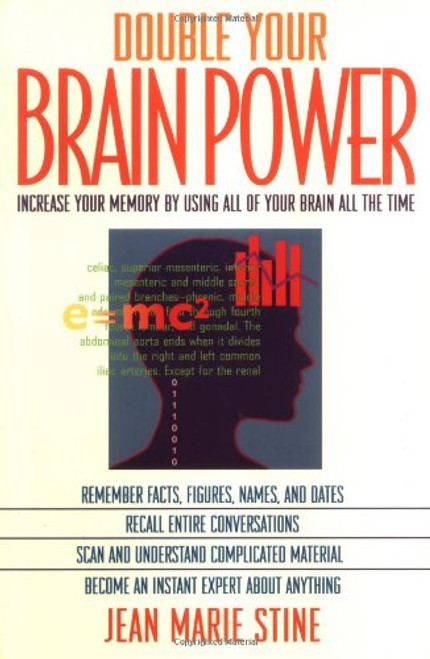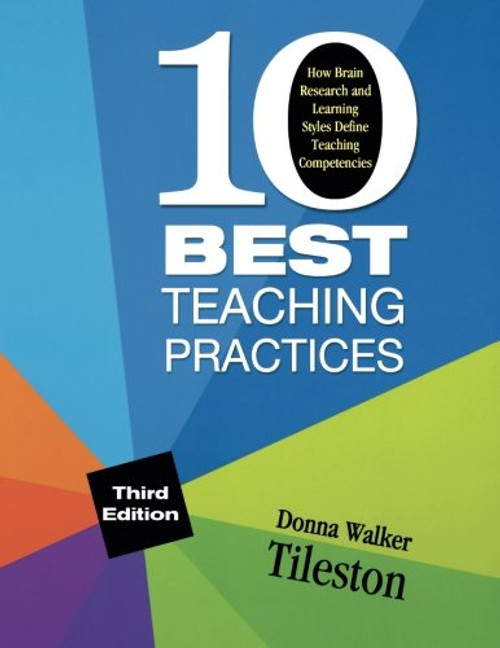Product Overview
The handbook for improving morale by managing, disciplining and motivating your students
This second edition of the bestselling book includes practical suggestions for arranging your classroom, talking to students, avoiding the misbehavior cycle, and making your school a place where students learn and teachers teach. The book also contains enlivening Q&A from teachers, letters from students, and tips for grading. This new edition has been expanded to include coverage of the following topics: discipline, portfolio assessments, and technology in the classroom.
- Includes engaging questions for reflection at the end of each chapter
- Johnson is the author of The New York Times bestseller Dangerous Minds (originally My Posse Don't Do Homework)
- Contains a wealth of practical tools that support stellar classroom instruction
From the Author: Top 10 Techniques for Effective Teaching
 |
Ready, Set, Go.
The #1 tool of effective teachers is the Do Now or Get Started (master teacher/author Fred Jones refers to this routine as Bellwork). Whatever you choose to call it, use this strategy consistently and you will see student engagement skyrocket and misbehavior plummet. From the first day of class and every day thereafter, make sure students have something useful (not busy work) to do the moment they enter your classroom. Post your instructions in the same place every day so that students can find them quickly. The options are limitless, but here are a few examples: post a few problems based on the previous days lesson for students to solve individually or with partners; post a photo or quotation and have students respond to it in writing; distribute a letter that contains spelling and grammatical mistakes for students to correct; write a vocabulary word on the board for students to look up in the dictionary and use in a sentence; post a picture of an animal on the board and have young students find other pictures of the same animal throughout the room. The keys to success here are consistency, interesting and appropriately challenging tasks, and acknowledging the cooperation of students with sincere verbal praise.
Teach (and re-teach) Routines.
Effective teachers establish routines -- either intentionally or instinctively. They consider every activity that is likely to occur with frequency and they teach students how to transition to and from that activity. Teaching students to respond, Eyes on You when the teacher says One Two is a much faster and more effective method of gaining student attention than hollering, Quiet! or Please stop talking. Consider creating standard routines for entering the classroom, responding to teacher questions (raise your hand first or just speak out?), turning in homework/assignments, distributing or collecting materials and books, hushing when the PA system comes on, standing behind chairs quietly to wait for dismissal at the end of class, etc. It takes a bit of time to teach students routines but once they are learned, you will make up the time ten-fold because students will operate the way well-trained employees do. This isnt to say that we want them to be mindless robots. Just the opposite. We want them to be thinking humans.
Control Your Classroom, Not Your Students.
Banish the thought that you can control students. Its a waste of everybodys time and is bound to frustrate you. But do hold firmly to the thought that you can control your classroom. Decide what kind of atmosphere you want to create, and then consider what behaviors will be required from students to make your dream classroom possible. This approach will lead you towards creating a behavior code [Respect yourself and everybody in this room] or a short list of Bes & Dos [be respectful, be safe, do your best], instead of a list of specific rules such as No name-calling, or No running. Those broad categories cover dozens of behaviors and you can quickly remind students of the required standards of behavior for your classroom when they stray by asking them questions: Is that respectful? Are you truly doing your best? This method doesnt lock you into specific rules, and doesnt require that you waste time issuing consequences and punishments, but gives you a broad base from which to guide and correct students.
Make Students Responsible for Their Behavior.
If you have students who are determined to disrupt your dream classroom, remember: most misbehavior is not about you. Unless you have said or done something to offend or anger a student, dont take the students behavior personally. There is always a reason for a students behavior (she could be hungry, neglected or abused at home, upset over a broken friendship or romance, reacting to bullies, terrified of failing your class, and so on). And dont take responsibility for students behavior by immediately assigning punishments and consequences. Put your disruptive students in control of their own behavior. Take them aside, one at a time, where you can have a private conversation. Give them a moment to reflect. Then, ask them to think about their behavior and offer them three choices:
You can decide to cooperate and be respectful right now and rejoin the class
You can step outside and take as long as you need to calm down before rejoining us
You can continue your current behavior which will result in disciplinary action.
The choice - and the behavior - are up to the student. This puts the responsibility where it belongs and allows students to choose to behave well, instead of having good behavior imposed upon them (which is usually short-term). And whatever students choose, the consequences will be their own fault. They cant blame the teacher for being mean and use that as an excuse for future bad behavior. And if a student decides to cooperate, thank him/her for making a good choice and wipe the slate clean. Dont carry a grudge. Let it go. You have far, far bigger fish to fry.
See the rest of author LouAnne Johnsons top 10 techniques for effective teaching.











